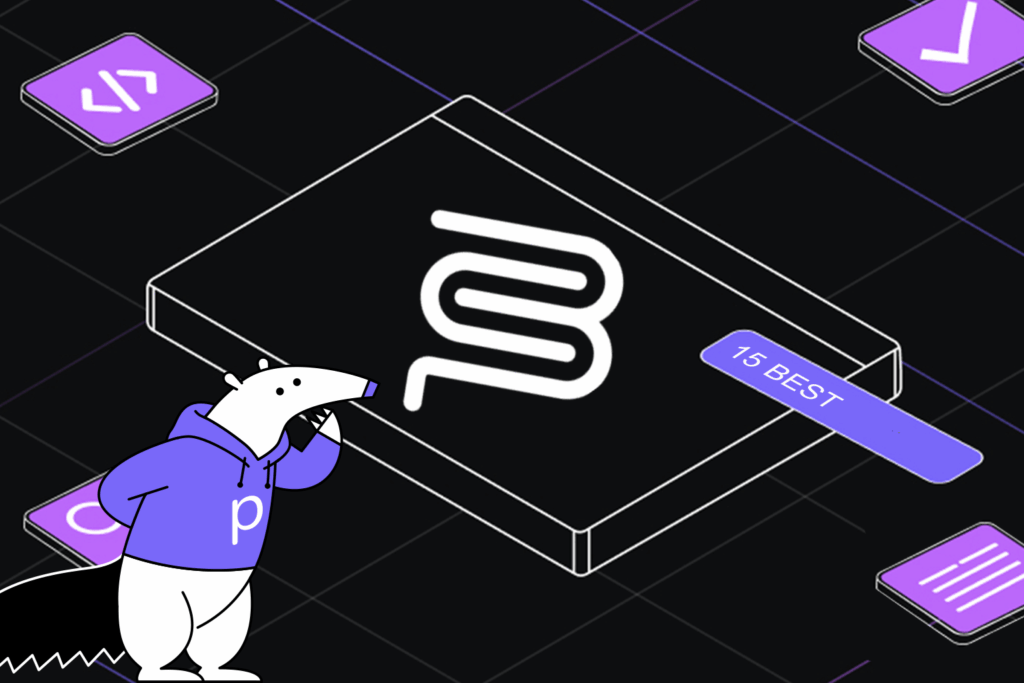Would you like a game of Te(s)tris?


Gamification of test code generation tools
Gamification is the process of using game-design elements and principles in non-game contexts. This can be a powerful tool for increasing engagement with developer tools such as IDE extensions. Gamification is especially necessary for IDE extensions such as qodo (formerly Codium), which aid the developer in the mundane task of writing tests. By interacting with the developer, qodo (formerly Codium) is able to generate high-quality tests faster. Gamification can be an effective technique for motivating individuals to complete tedious and repetitive tasks such as writing unit tests. Unit tests are a critical aspect of software development, but they can be time-consuming and monotonous to create. By incorporating gamification elements such as point systems, badges, and leaderboards, writing unit tests can be transformed into a more engaging, interactive experience and even fun! For example, developers can earn points for completing tests or achieving certain milestones, and badges can be awarded for completing a certain number of tests or for meeting certain quality standards. Leaderboards can also be used to promote healthy competition among developers, encouraging them to write more tests and to do so more efficiently. By making the process of writing unit tests more enjoyable and rewarding, gamification can help to increase the adoption and effectiveness of this critical software development practice.
Badge for Edge(-case)
One way to use gamification in a developer tool is through the use of badges. Badges are digital rewards that can be earned by completing certain tasks or achieving certain goals. For example, a developer tool could have badges for completing a tutorial on different aspects of the developer tool, writing a certain number of lines of code, or solving a difficult problem.

In the test-code generation tools’ context, badges can be earned, for example, for learning new testing frameworks, completing a tutorial about testing best practices, or new testing paradigms (such as Test-driven development or Property-based testing). Badges can also be granted for creating interesting edge-case tests or once the developer has achieved some predetermined goal, such as reaching a certain code coverage metric.
Badges can effectively increase engagement with a developer tool because they give users a sense of accomplishment and progress. When users earn a badge, they are recognized for their achievements, which can motivate them to continue using the tool. Additionally, badges can be shared with others, creating a sense of community and competition among users.
In order to make badges effective, it is important to design them in a way that is both challenging and rewarding. For example, badges should not be too easy to earn, as this will not give users a sense of accomplishment. On the other hand, badges should not be too difficult to earn, as this may discourage users from attempting to earn them. It is also important to provide a clear path for users to earn badges so that they know what they need to do in order to achieve them.
Another way to use gamification in a developer tool is through the use of leaderboards. Leaderboards rank users based on their achievements and can motivate users to continue using the tool. For example, a developer tool could have a leaderboard that ranks users based on the number of lines of code they have written or the number of problems they have solved. In the context of testing and code integrity, the leaderboard may reflect the code coverage contribution of developers’ test suites or the number of bugs (and their severity) that developers found.
Investing in testing
In addition to providing users with a sense of accomplishment and progress, gamification can also help improve the user experience of a developer tool. By providing users with clear goals and rewards, gamification can make the tool more engaging, thus, gradually exposing the user to the more advanced features and testing know-how that usually demand more time investment on their part. This can ultimately lead to increased adoption and usage of the tool as well as boosts the developer’s testing capabilities.
Computer science graduates have a solid foundation in programming concepts, algorithms, and data structures. However, they may lack sufficient knowledge and experience in software testing. Testing is a crucial aspect of software development that ensures the software meets its requirements, has high code integrity, and is free of software bugs. While some computer science curriculums cover software testing, they may not be given the same level of attention as other topics. Additionally, testing methodologies and tools are constantly evolving, so graduates and experienced software engineers may need to continue learning and staying up to date on the latest practices. A lack of testing knowledge can lead to software bugs and vulnerabilities, which can be costly and damaging to businesses and users. Therefore, it is important for computer science graduates, engineers, and industry leaders to recognize the importance of testing and acquire the necessary skills and knowledge in this area. To date, most graduates eventually learn testing through on-the-job training, which leaves very little time for deepening into testing methodologies and paradigms. Thus, the level of expertise in this field remains relatively low, even for experienced software engineers with very high coding skills.
Putting the fun in test-function
Here is an example of how a mundane task such as generating tests can be more enjoyable through humor. This example was generated using qodo (formerly Codium):
Use relatable instructions:

Generated test by qodo (formerly Codium):

Overall, gamification can be a powerful tool for increasing engagement with developer tools. By providing users with a sense of accomplishment and progress and improving the user experience, gamification can help drive adoption, boost developers testing know-how, and eventually lead to increased code quality and developer confidence.



